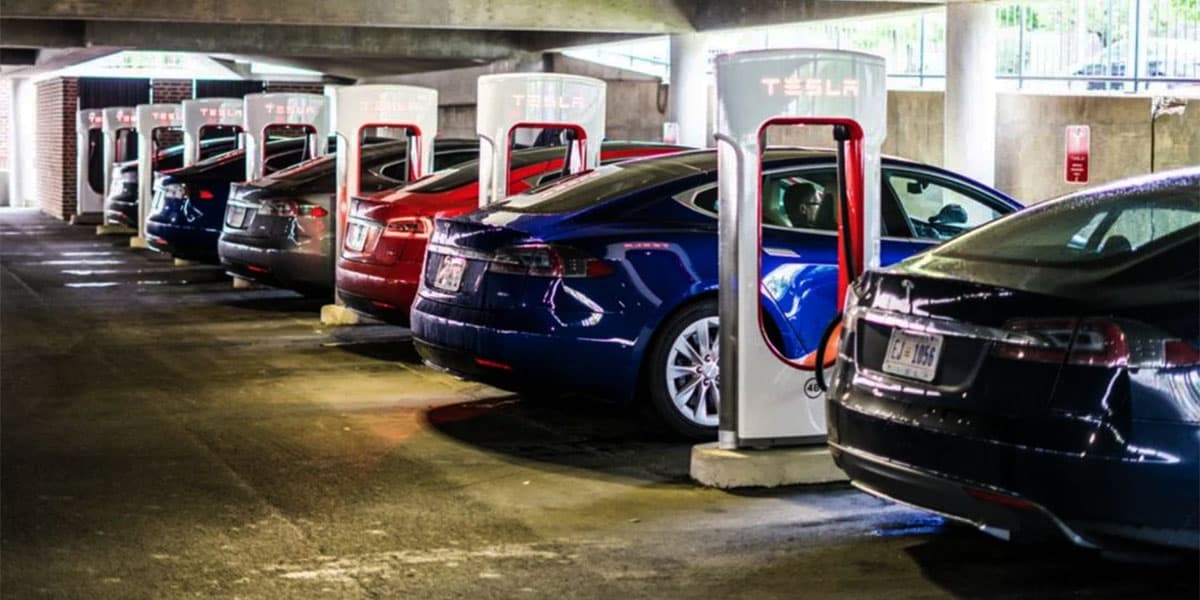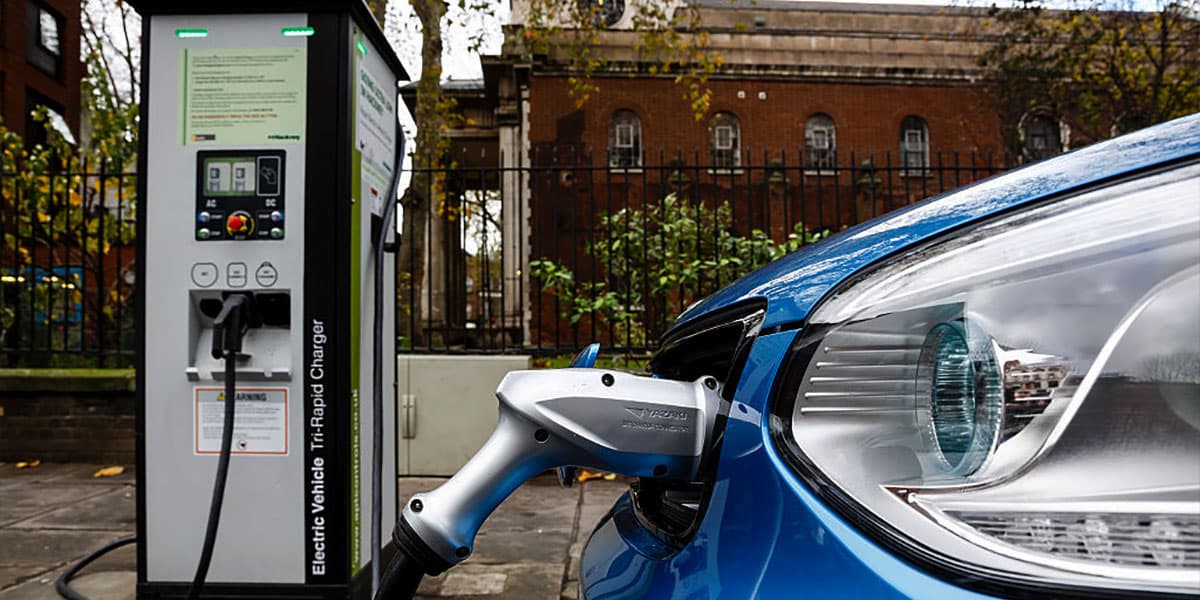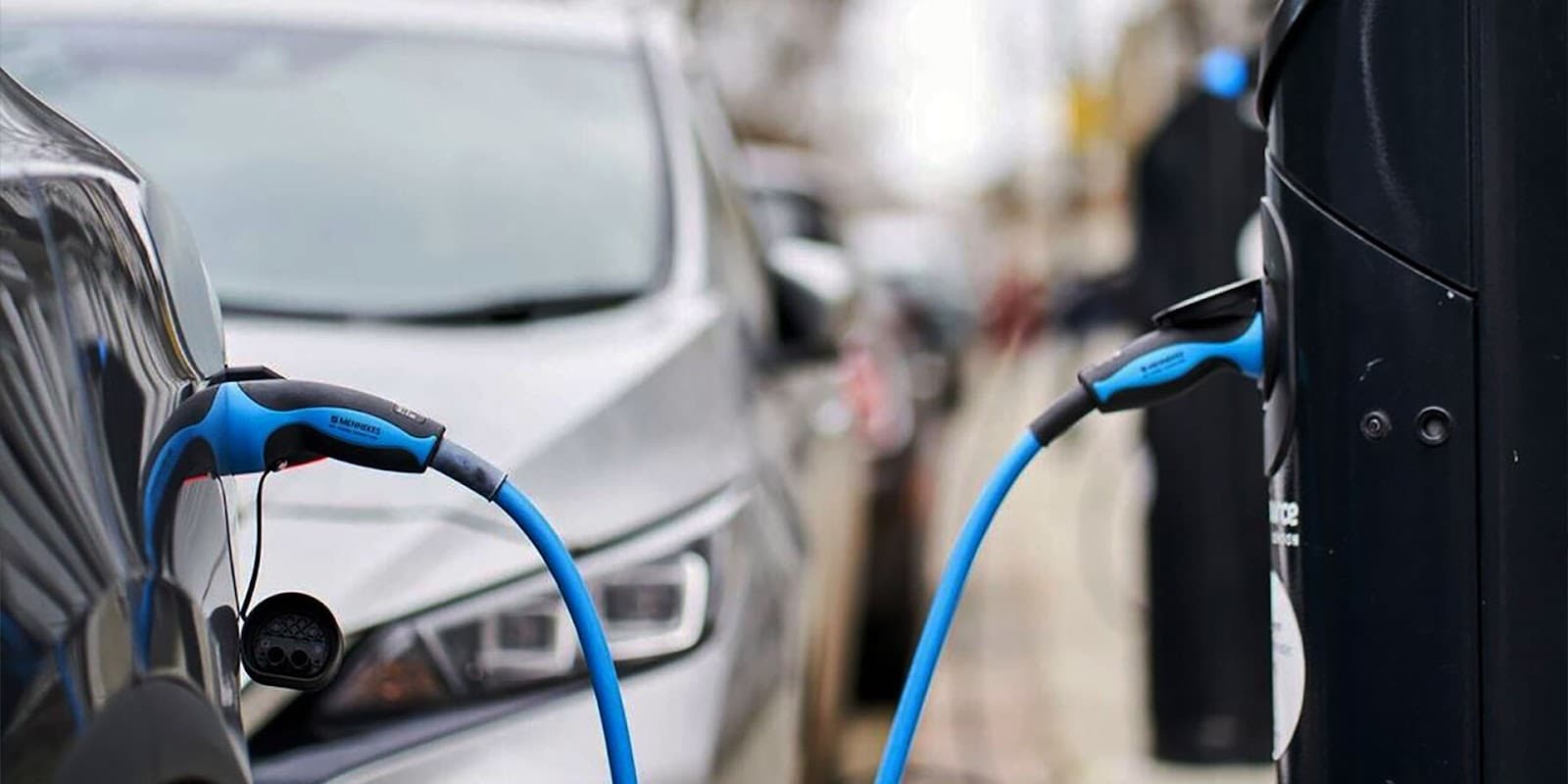I know the hype around electric cars is reaching a fever pitch lately. And for good reason – the benefits of electric vehicles for energy efficiency and reducing emissions are massive. As our world consumes insane amounts of energy, we need cleaner transportation to cut our dependence on fossil fuels. EVs can play a huge role here with their improved efficiency over gas guzzlers.
In this article, I’ll explain how adopting electric vehicles can propel us into a more sustainable, energy-efficient future.
The evolution of electric vehicles
From my electric vehicle perspective, witnessing the evolution of electric vehicles (EVs) over the years has been quite a journey. We have come far from early experimental battery-powered cars in the 1800s. The EV1 in the 1990s was the first mass-produced and purpose-built electric car of the modern era, helping lay the groundwork. However, huge battery costs and limited range thwarted widespread adoption. Fast forward to today with vastly better battery tech, increased capacity exceeding 300 miles per charge, lower prices, and appealing styling. EVs like myself can now genuinely compete with and even outperform gas cars. Continued innovation in batteries, motors, charging infrastructure, and autonomous driving makes this an incredibly exciting time for EVs. With more choice and the serious backing from policymakers prioritizing sustainability, I believe mass EV adoption is imminent.

Environmental and energy efficiency benefits of EVs
Electric vehicles (EVs) have many environmental and energy-saving benefits compared to conventional internal combustion engines. Switching to electricity from gas allows EVs to greatly lower greenhouse gas emissions and local air pollution.
One significant advantage of EVs is that they are extremely efficient in energy use – EVs convert more than 77% of electrical energy to the wheels. In contrast, gasoline-powered cars convert only between 12% and 30%. The sharp distinction shows that the role of electric cars in reducing carbon footprint is reduced through decreased energy consumption and emissions. An EV is, on average, three times more efficient with energy than a conventional vehicle.
Renewable energy is necessary for the sustainability of EVs. By switching to solar, wind, or hydropower, fossil fuel-based EVs can become almost emissions-free. The carbon footprint of EV charging is continuously reduced as more regions transition to renewables.
The widespread use of EVs driven by clean electricity is of prime importance in decreasing the carbon emissions from transportation and improving public health by reducing pollution from vehicles’ tailpipes. Research suggests that the rise of EVs in the US could reduce greenhouse gas emissions by over 200 million metric tons, equivalent to eliminating millions of conventional cars from the roads.

Challenges facing electric vehicle adoption
Some people are hesitant to switch from gas-powered cars due to the short driving range, limited charging stations, and high costs of electric vehicles. Existing EVs can only cover 200-300 miles before a recharge, and public charging infrastructure is yet to be consistent outside of urban areas. Though EVs are initially more expensive, fueling and repair costs are lower over time.
However, overcoming these barriers is essential to reach mainstream acceptance and maximize electric vehicles’ environmental sustainability. Automakers continue improving battery densities for longer ranges. Charging networks are rapidly expanding across highways. As technologies and production scales improve, purchase prices should surpass gas vehicles within several years. Widespread EV adoption plays a critical role in reducing transportation emissions and confronting climate change, so pushing past current limitations will have major payoffs for society.
The impact of EVs on energy consumption patterns
General EV adoption will likely increase total electricity consumption as drivers plug in rather than fuel up with gasoline. However, smart charging technologies provide ways to mitigate grid impacts. By incentivizing off-peak charging, utilities can avoid adding large generation capacity just to meet EV charging spikes.
Vehicle-to-grid (V2G) takes demand management even further. By enabling EVs to feed stored energy back to the grid during peak times, V2G can help balance load and improve grid reliability. In the future, EV batteries could even trade power with homes and the grid automatically using smart controls. This would truly blur the line between transportation and electricity – using EVs for both mobility and energy storage.
Effectively integrating EVs into the power system is essential to maximizing their environmental benefits. New technologies offer exciting potential but require investments in communications infrastructure and incentive programs. Managing charging intelligently can unlock major grid modernization opportunities that come with vehicle electrification.
